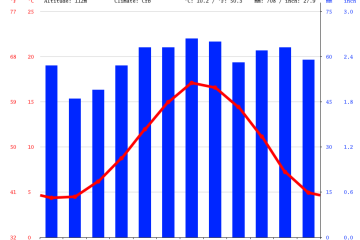Understanding the Current UK Inflation Rate and Its Implications

Introduction
The UK inflation rate is a critical economic indicator that influences consumer behaviour and economic policy. Following the turbulence of the past few years, understanding its dynamics is essential for both individuals and businesses. In recent months, inflation has been a hot topic as the Bank of England and policymakers grapple with its impact on the cost of living and overall economic stability.
Current UK Inflation Rate Trends
As of September 2023, the UK inflation rate stands at 6.7%, slightly down from earlier peaks reported earlier this year. This moderate decline is indicative of a downward trend as supply chains gradually stabilise and the impact of previous government measures begins to absorb into the economy. However, while recent statistics show improvement, challenges remain, particularly with energy prices and food costs continuing to exert upward pressure.
The Office for National Statistics (ONS) reported that the Consumer Prices Index (CPI) shows a diverse range of price increases, particularly in housing and utilities, which rose by 12.3% since last year. Food prices have also seen significant increases, with staples such as bread and dairy becoming markedly more expensive.
Factors Influencing the Inflation Rate
Several key factors are influencing the current UK inflation rate. Firstly, the ongoing geopolitical tensions and supply issues that arose from the pandemic continue to contribute to disruptions in supply chains. Additionally, high energy prices, exacerbated by global market fluctuations, have significantly impacted inflation rates this year. The Bank of England has responded by adjusting interest rates, now at 4.5%, as part of its monetary policy to control inflation.
Future Implications and Conclusion
As we move into 2024, economists will closely monitor inflation trends to assess their implications on monetary policy and consumer spending. While the recent decline in the inflation rate offers a glimmer of hope for stabilisation, the persistence of high energy and food costs could fuel further increases. Forecasts suggest that inflation may remain above the Bank of England’s target of 2% well into next year, prompting continued vigilance and potential policy adjustments.
In conclusion, understanding the UK inflation rate is crucial for individuals and businesses alike, as its fluctuations can have significant implications on everyday financial choices. As the economic landscape continues to evolve, readers should remain informed about trends and forecasts to navigate the complexities of the current financial environment effectively.









